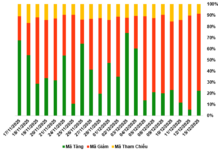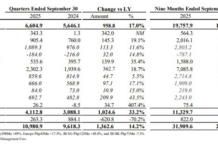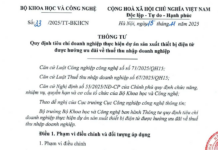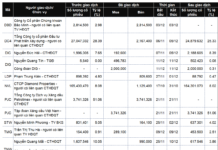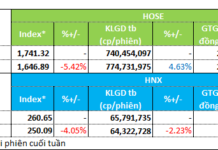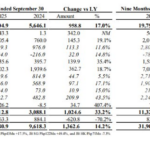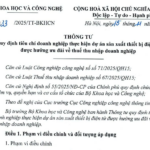When cooking various types of meat, such as pork, beef, or chicken, we often notice the formation of foam or scum. What is this foam, and how should we handle it properly? Some people believe it is impurities and should be skimmed off, while others think it is the essence and should be retained. So, what is the right approach?
1. What is the foam that forms when cooking meat?
The foam primarily consists of two parts: one part is residual blood and bodily fluids that have undergone denaturation and coagulation at high temperatures, and the other part is protein in the meat that has also undergone denaturation and combined with water molecules to form foam. The amount of foam produced can vary, depending on the cooking method and the individual performing the butchery.

2. Should you skim off this foam?
Whether this foam is considered “impurities” or “essence” is a matter of personal perspective. While it does contain blood and impurities, there are also certain nutrients present. However, it can have a relatively strong fishy smell, which may affect the taste and flavor of the dish. If you don’t mind the smell, there’s no need to skim it. Of course, if you feel it impacts the final product, you can choose to remove it.

3. How to handle the foam when cooking meat?
Some people believe that blanching meat before cooking not only makes it cleaner but also helps remove impurities. However, even after blanching, foam will still form during cooking. Experienced cooks will notice that the first round of blanching produces the most foam, which is dark in color and has a strong fishy smell. In subsequent rounds, the amount of foam decreases, and it becomes whiter and less impure.
There is no need to remove this later foam as most impurities have already been eliminated, leaving only essential components like protein and fat. Removing these later foams will make the meat flavor bland and insufficiently savory. Therefore, for the foam produced during meat cooking, we only need to remove the initial foam, and the subsequent foam can be retained.
It is recommended that after purchasing meat, you rinse it with diluted salt water to remove any dirt or impurities, and then rinse it thoroughly under the faucet before cooking.

4. Measures to reduce meat foam during cooking
– Fresh meat is a prerequisite for delicious dishes. When buying meat, carefully inspect the color to ensure it has a fresh red hue, and pay attention to any unusual odors. Always opt for freshly butchered meat, which is healthier.
– Before cooking, soak the meat in water for a while. This helps neutralize and reduce any residual blood, minimizing foam formation during cooking.
– When braising or blanching meat, it is best to start with cold water. This allows the residual blood to seep out gradually and helps eliminate the fishy smell. More importantly, the cold water keeps the meat tender and soft during the slow heating process, enhancing the dish’s overall flavor.
– During cooking, adding a few slices of ginger, scallions, and other spices can neutralize the fishy smell and enhance the dish’s aroma and taste, making it more appetizing.




